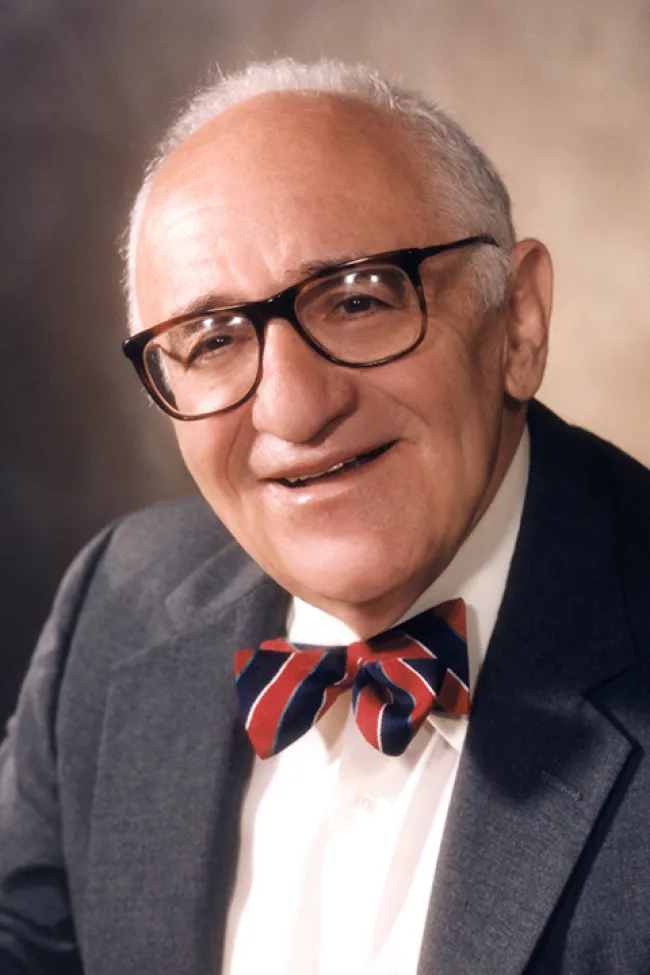- Downloads:
- Americas Great Depression.pdf
- Americas Great Depression_Polish.pdf
- Americas Great Depression.epub
This book applies Austrian business cycle theory to understanding the onset of the 1929 Great Depression. Rothbard first summarizes the Austrian theory and offers a criticism of competing theories, including the views of Keynes.
Rothbard then considers Federal Reserve policy in the 1920s, showing its inflationary character. The influence of Benjamin Strong, the Governor of the New York Federal Reserve Bank, was especially important. In part, his expansionary policy was motivated by his desire to help Britain sustain the pound. Strong was close friends with Montagu Norman, the Governor of the Bank of England.
After the 1929 crash, Herbert Hoover followed an interventionist policy that prefigured the New Deal. He favored keeping wage rates high and thus contributed to rising unemployment. Against the popular stereotype, Rothbard shows that Hoover was not a partisan of laissez-faire.

No content found

Murray N. Rothbard made major contributions to economics, history, political philosophy, and legal theory. He combined Austrian economics with a fervent commitment to individual liberty.
Kansas City: Sheed and Ward, 1975, pp. 11-38; Auburn, Mises Institute, 2000.

